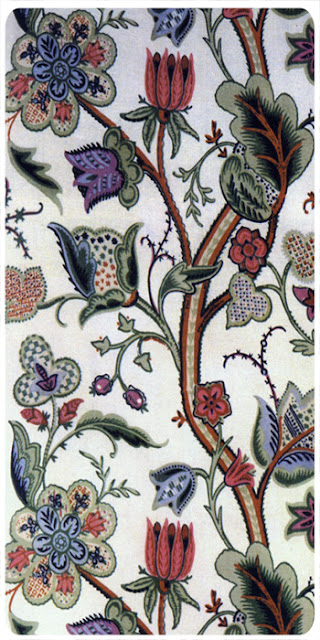Silk Scarf Design Idea: A Reflection of Artistic Eras - Neoclassical Look Style
Silk Scarf Design Idea: A Reflection of Artistic Eras - Neoclassical Look Style The Neoclassical Look Scarf Theme Since the Renaissance, European artists have drawn significant inspiration from the art and architecture of ancient Greece and Rome. This classical influence has profoundly shaped various artistic disciplines, including textile design. Neoclassicism, which emerged in the mid-18th century, represents a revival and reinterpretation of classical principles. This movement marked a shift towards imitating the elegance and simplicity of ancient styles, contrasting sharply with the elaborate ornamentation of previous periods. The Rococo movement, characterized by intricate and elaborate designs, dominated textile print design before the advent of Neoclassicism. However, as tastes began to change, designers started to favor simpler, more streamlined patterns that still retained the classic elegance of their ancient inspirations. This preference for understated yet sophistica...
